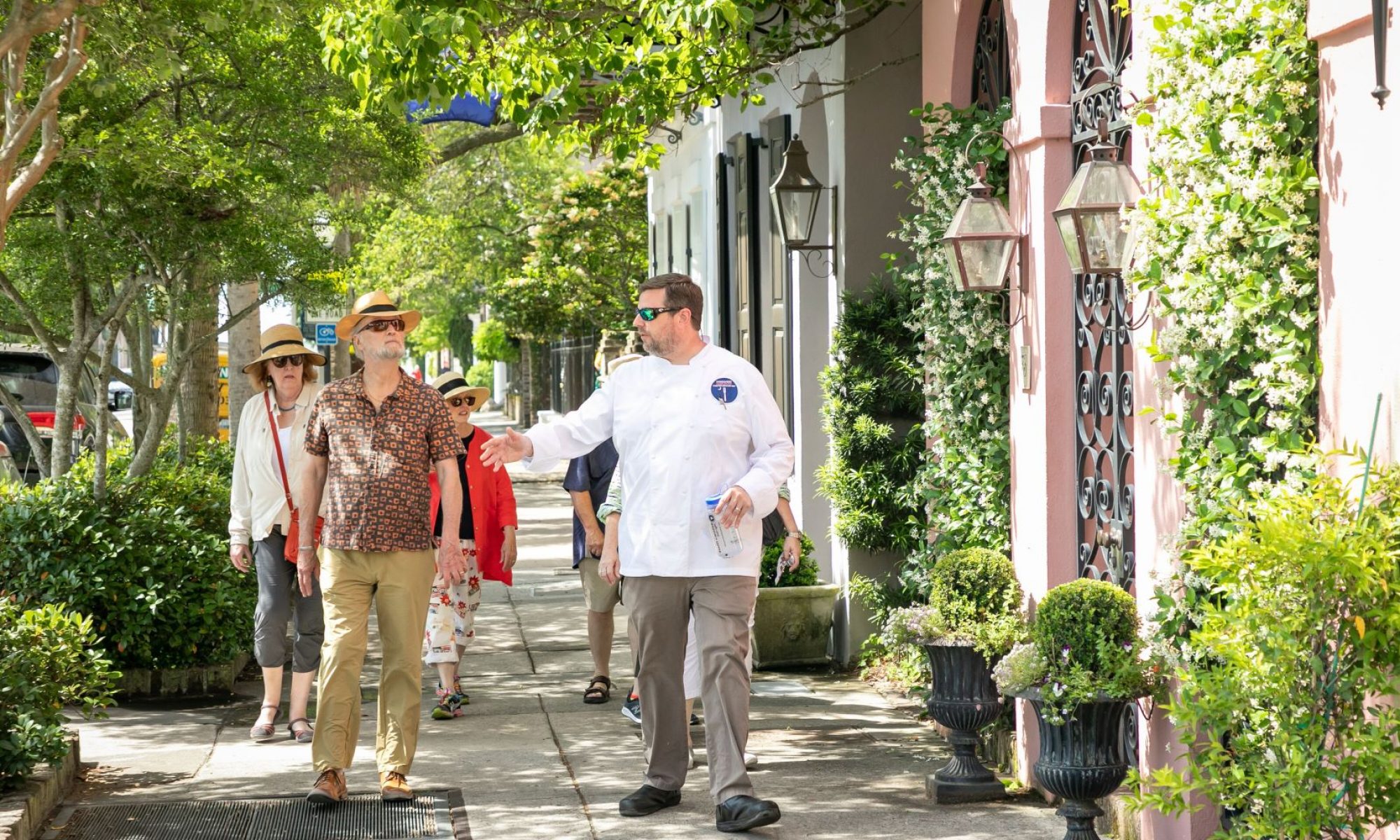 It’s been 2 years since Cook It Raw came to Charleston, and it remains the single most impactful event of my culinary career. An annual gathering of the culinary world’s best and brightest, Cook It Raw seeks to remove chefs from their kitchens and plant them in different surroundings. Meditating upon the meanings of cuisine and the limits of creativity, the chefs work in collaboration and collision to culminate in a single meal. Previous years had taken place in Denmark, Italy, Poland, Japan and have since taken place in the Yucatan and Calgary.
It’s been 2 years since Cook It Raw came to Charleston, and it remains the single most impactful event of my culinary career. An annual gathering of the culinary world’s best and brightest, Cook It Raw seeks to remove chefs from their kitchens and plant them in different surroundings. Meditating upon the meanings of cuisine and the limits of creativity, the chefs work in collaboration and collision to culminate in a single meal. Previous years had taken place in Denmark, Italy, Poland, Japan and have since taken place in the Yucatan and Calgary.
It was the year of the Bradford Family Watermelon’s Lazarus like return from extinction. I was in the middle of a six month stint, commuting home from Greenville on days off, assisting with leadership at a sister operation. My wife and I had just been married the year previous, and my time with her and my family was precious. But that week, I got the nod to participate in the opening night potluck dinner at Middleton Place. My team mate Tim Pettit and I had planned our menu: Manchester Farms quail, Sea Island red pea & Carolina Gold rice (Hoppin’ John) dressing, Bradford Watermelon molasses & pickle. Tim had recently finished aging a hot sauce made from Ambrose Farms Lipstick peppers, so we brought that along for good measure. It was a gathering of Palmetto State tales distilled onto a plate.
We got to Middleton to set up. Middleton Place Chef & B Micah Garrison came out to meet us and show us around. Local chefs BJ Dennis, Travis Grimes, Craig Deihl, Bob Stehling, Jacques Larson, Micah Garrison and Chris Stuart were all in the kitchen. Collectively, we showcased a groaning board of charcuterie, Stono River stone crabs, cheese grits, Ossabaw pork and other iconic foods of the Lowcountry. Slated as a potluck to welcome the participating chefs, everyone seemed pretty relaxed as we were all cranking out just a handful of dishes each. When it set in that we were cooking for Albert Adria, Dan Barber, April Bloomfield, Enrique Olvera, Alex Stupak, and Eric Werner among others, the butterflies set in. No pressure or anything.
But the evening was lovely. After we served, we were able to join the guests as part of the supper and of the greater conversation. Glenn Roberts, the founder of Anson Mills was there, rambunctious and Puck like. My wife had come, and made fast friends with Mrs. Stehling and the family of Alessandro Porcelli, the Cook It Raw founder.
As the evening waned, torchlight flickered upon the walls of the plantation buildings. Spanish Moss cast long waving shadows in the slight October breeze. Everyone convened outside around a camp fire and under bodega lights to hear David Shields welcome the chefs to the Lowcountry.
I’m still searching for a copy of those remarks. I hope to post them in the future. I remember David speaking about traditions of seasoning in the antebellum Charleston, and in particular about the use of red pepper to cure hams.
The evening waned, the fire smoldering quietly towards oblivion. Chefs retreated into Bourbon scented shadows. Tim and I found ourselves around a barrel visiting with Glenn and David, recounting their end of the Bradford revival. “It was a sorghum evaporator!” Glenn exclaimed. “We sat in the middle of that field in Sumter and made the first batch of Bradford molasses in probably over a hundred years!”
“Glenn,” David paused, “Didn’t we bring a bottle of that molasses down with us in the glovebox?”
And so this story ends with Tim Pettit and I standing around a barrel with Glenn Roberts and David Shields, doing the Pepsi Challenge with the Bradford molasses they’d made with Nat in his family’s field and the one I made in a Greenville kitchen and brought back down to the Lowcountry.

